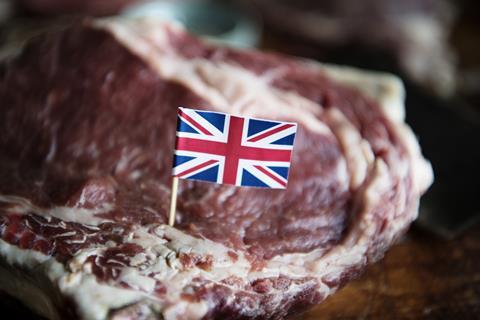
Consumers are increasingly aware of the environmental and ethical profile of their purchases. Amid the demand for ‘greener’ products, there is also a growing interest in purchases perceived as more local.
A survey by GlobalData last summer showed 80% of consumers would pay up to 5% more for a locally sourced product and 33% would pay over 10% more.
As such, provenance labelling has become an important part of the increasing regulatory scrutiny around environmental and ethical claims.
‘Values-driven labelling’
The labelling of food products is already a highly regulated space. As consumers increasingly make values-driven decisions, regulators are escalating efforts to prevent greenwashing. Although greenwashing remains undefined in law, for companies who mislead consumers, there is a prospect of more stringent scrutiny and enforcement action.
The Competition & Markets Authority (CMA) published its Green Claims Code in September 2021. The EU recently introduced a Greenwashing Directive to work alongside the proposed Green Claims Directive, which is set to require independent verification.
In late December 2023, the CMA announced it would scrutinise environmental claims made by Unilever amid concerns about product marketing tactics.
Alongside this, the CMA’s 2024/2025 business plan and its expanded enforcement authority in the Digital Markets, Competition & Consumers Bill will provide unilateral powers to hand down GDPR-style fines without recourse to the courts. It is anticipated that environmental claims, including country of origin labelling, will be a key focus.
Country of origin
The food and drink sector needs to be conscious of this increased regulatory outlook. Yet compliance can pose a challenge.
The fashion sector has already faced the ramifications of increased scrutiny, as shown by the CMA investigation into Asos, Boohoo and George at Asda. The move was seen as a “turning point” for the industry, which has committed to presenting key information in “plain language, easy to read and clearly visible to shoppers”.
Read more: How British are the supermarkets and what’s behind their marketing claims?
Although these commitments apply equally to food and drink, there is a risk of ambiguity with country of origin labelling.
On one hand, there are obvious breaches. Again, turning to the fashion sector, Boohoo made headlines after inadvertently using “made in the UK” labels when the products were in fact made in south Asia.
Less subtle breaches entail broad and unqualified statements and marketing tactics. Statements like “good for the planet” are already being targeted by the Advertising Standards Agency. An equivalent for origin labelling could be “locally sourced” or “local produce”. Similarly, branding encompassing “best of British” or a union flag motif is likely to attract scrutiny.
This no doubt represents one of the riskiest areas and one where proactivity is essential to avoid censure.
Although the government is addressing this through Defra’s consultation on food source labelling to support UK farming, it is a space where the food and drink sector can act now in the absence of increased legislation.
Organisations can set up their own publicly accessible criteria to illustrate clearly and concisely what it refers to as local produce. For example: does it call “local” the same county, region, nation or even continent? As they develop these criteria, organisations can seek assured advice from a primary authority.
We are already seeing guidance with greenwashing, but there is an opportunity for the sector to take the lead – and avoid getting caught out by catch-up legislation.








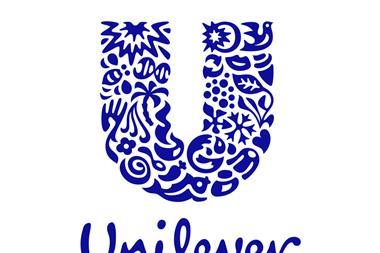

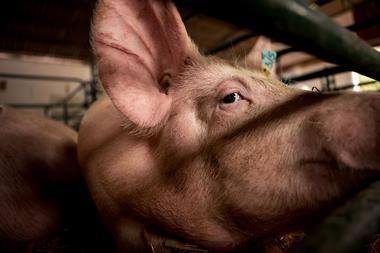

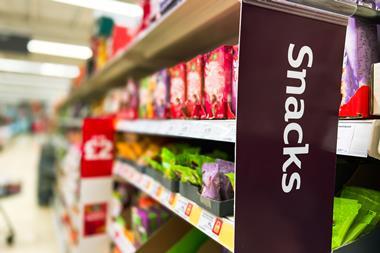

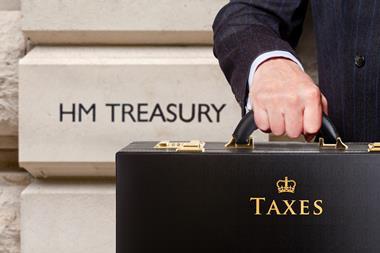




No comments yet